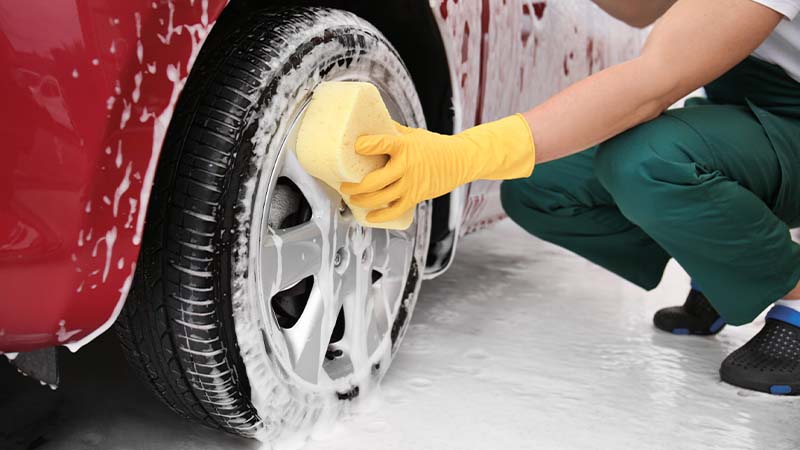Nothing compares to the sensation of being behind the wheel while listening to your favorite music. Although these tiny speakers are found in many modern automobiles, they are frequently only offered as upgrades to the sound systems of lower- and mid-priced models. Tweeters are more likely to come as standard equipment in cars from upscale manufacturers.
This guide is for you if you’ve never purchased a car tweeter or simply want some straightforward guidance on what to look for. We’ve listed the 13 best car tweeter choices that are currently on offer in the car stereo market. Keep reading!
Best Car Tweeters List
- 1. Polk Audio DB1001
- 2. Alpine SPR-10TW
- 3. Rockford Fosgate Punch P1T-S
- 4. Pyle-Pro PDBT28
- 5. Rockville RT6
- 6. Rockford Fosgate Prime R1T-S
- 7. JBL GTO 9 Series
- 8. Kicker KST250
- 9. Kicker 43CST204
- 10. DS18 PRO-TW220
- 11. Kenwood KFC-ST01
- 12. Pioneer TS B350PRO
- 13. Polk Audio DB1001
Read More: Best Car Pressure Washer
13 Best Car Tweeters Review
Polk Audio DB1001
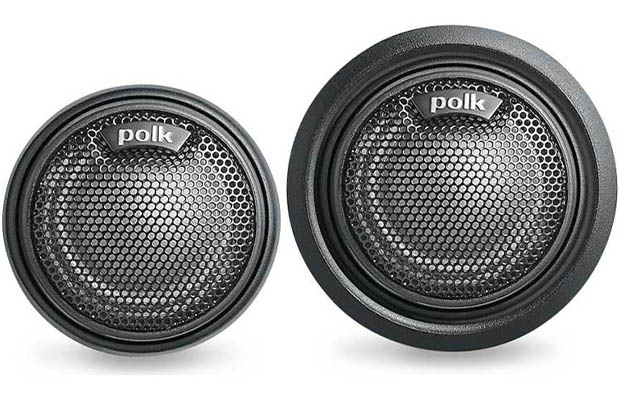
One of the top-rated products we discovered is the Polk Audio DB1001, which has received numerous favorable reviews that support Polk’s standing as a manufacturer of high-end audio equipment. Because of their superior sound quality, these tweeters were named Editor’s Pick.
The DB1001 is capable of handling peaks of up to 180 watts and is rated for 6 to 60 watts nominal/RMS power. Four to 23 kHz are delivered by one-inch silk/polymer domes and neodymium magnets, and an in-line crossover eliminates lower-frequency sounds that are best left to your sound system’s drivers and subwoofers. Additionally, overload protection circuitry is built into Polk Audio products.
Each pair includes two 6-foot lengths of speaker wire with an in-line crossover, two 38-inch speaker leads, and stainless steel mounting hardware for flush and surface mounting applications.
The 1-inch mounting depth of the DB1001 enables flush mounting in a variety of vehicles. If you’re looking for top-notch tweeters for a boat, they are also approved for marine use.
- Pros: Great overall sound quality, stay clear and crisp even at high volume levels, brings out subtle musical details
- Cons: Complaints about a poorly written user manual and unclear instructions add unnecessary effort to the installation process
Alpine SPR-10TW
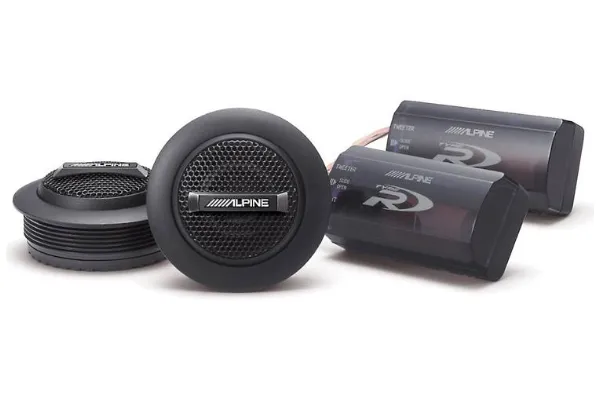
Although it is also a 1-inch tweeter, the Alpine SPR-10TW was created with the best sound systems and picky listeners in mind. The best tweeter for audiophiles is this one.
If your sound system has an external amplifier, Alpine claims you’ll get the most use out of this product. The SPR-10TW is well suited to high-powered sound systems because silk speaker domes can handle nominal power ranging from 5 to 150 watts and 450 watts of peak power.
You can adjust a crossover to one of four settings to match the output of these tweeters to the rest of your audio system. Additionally, Alpine incorporates a physical EQ ring into the SPR-10TW to aid in distributing high-frequency sounds throughout the interior of your car so that you can fully appreciate the SPR-10TW’s broad 1,000-29,000 Hz frequency response.
With 32-inch input and 12-inch output leads on the crossovers and 29 inches of speaker wire attached to each tweeter, you have a lot of mounting options for both pieces of equipment. All the necessary components for seamless mounting in any location are also included in the kit: swivel flush-mount housings and retention rings, stealth brackets, foam pads, and rings. For your convenience, it even comes with some double-sided tape and a few zip ties to help you keep the installation organized.
- Pros: Adjustable crossover, high power handling, crisp, clean, and loud high-frequency sound
- Cons: Priced at the high end of the spectrum
Rockford Fosgate Punch P1T-S
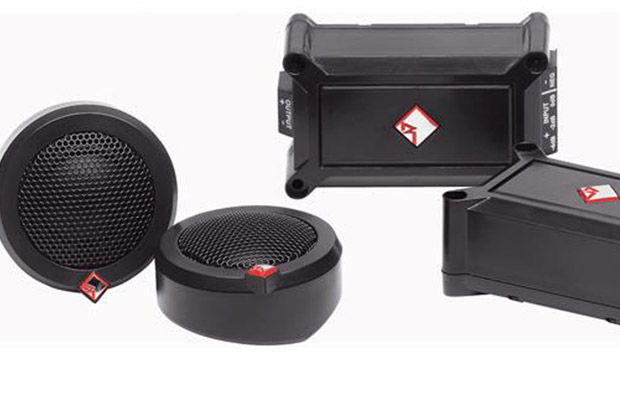
The Punch P1T-S is the second aftermarket tweeter on our list from Rockford Fosgate. These 1-inch units are capable of handling a continuous 60 watts and a maximum of 120 watts. The 90 dB sensitivity rating is also mid-pack, with a frequency response that spans 3.5 kHz to 22 kHz. Polyetherimide, according to Rockford Fosgate, produces superior audio imaging, and it is the material used to make the speaker domes.
Only two of these tweeters have an adjustable crossover; the other two are the more pricey Alpines we recommended as the best option for audiophiles. You can adjust the sound of the crossover using its three settings to suit your tastes or the acoustics of your car.
The flush-, surface-, and angle-mount options that you would anticipate from a well-designed aftermarket tweeter kit are all covered by the hardware provided by Rockford Fosgate. The two angle-mount housings positioned the tweeters at 10 and 30 degrees from the horizontal. A 1.75-inch hole can accommodate the flush-mount bracket.
In addition, the kit comes with zip ties, mounting screws, and wiring.
- Pros: Good performance at a mid-range price point, adjustable crossover to tailor a performance to a variety of vehicles, and listener preferences
- Cons: Crossover units are large, so finding inconspicuous mounting points could be difficult, and sound quality won’t satisfy the most discerning audiophiles
Pyle-pro PDBT28
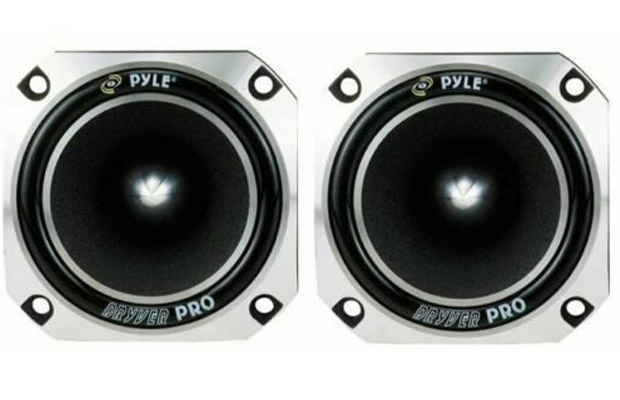
With a 150-watt RMS power rating and a 300-watt peak power capacity, the Pyle-Pro PDBT28 tweeter is one of the most potent speakers on this list. No matter how much power your sound system produces, the PDBT28 will produce a lot of volumes because it has one of the best sensitivity ratings in this comparison at 104 dB. The range of frequency response for the tweeters listed here, from 2 to 20 kHz, is average. 4 to 8 ohms is the impedance range.
You should have little trouble installing it in your cars’ existing tweeter openings since a 1-inch diameter matches the industry standard for tweeters in the majority of vehicles. The PDBT28 has a nicely finished aluminum frame, whereas Pyle does not include speaker grilles.
Each tweeter has a 30-ounce magnet, a high-temperature ferrofluid voice coil, a titanium diaphragm, and a mylar crossover capacitor. In order to benefit from crisp, clear sound at the high volume levels this speaker was intended to produce, Pyle-Pro claims that all of these design features translate into reduced distortion.
The PDBT28 is offered for sale separately, so take note.
- Pros: High-quality sound, affordable price
- Cons: Complaints about the mounting plate being too small, sold individually, not in pairs as most tweeters are
Rockville RT6
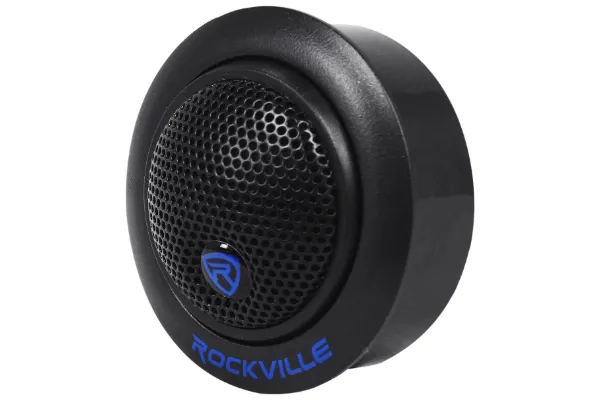
Despite the RT6’s relatively modest 60-watt continuous power rating, you can expect these tweeters to sound better than their affordable price suggests because Rockville prioritized sound quality over big power and volume when designing them.
This 1-inch speaker’s silk dome, ferrofluid-cooled voice coil, and neodymium magnet are made to handle 240 watts of peak power. The impedance rating is 4 ohms, and the frequency response spans 1.3 to 24 kHz.
Although the speaker only has a 1-inch diameter, flush-mount applications call for a 2-inch opening. However, a 0.75-inch flush mounting depth makes it simple to install these tweeters indoor and in dashboard locations with little room for error. Rockville also comes with mounting hardware for surface-mount installations at an angle and flat. No matter how hot it is inside your car, the ABS housing material is made to prevent warping.
You can install each kit right out of the box because it includes mounting brackets, screws, washers, and double-sided tape.
- Pros: Very attractive price for the sound and build quality, versatile mounting options
- Cons: The included crossover doesn’t filter out all low-frequency sounds, not as loud as the 93-dB sensitivity rating suggests
This guide will go over how to wash a car at home and some frequently asked questions about best practices for washing cars in order to assist you in keeping your car clean.
Rockford Fosgate Prime R1T-S
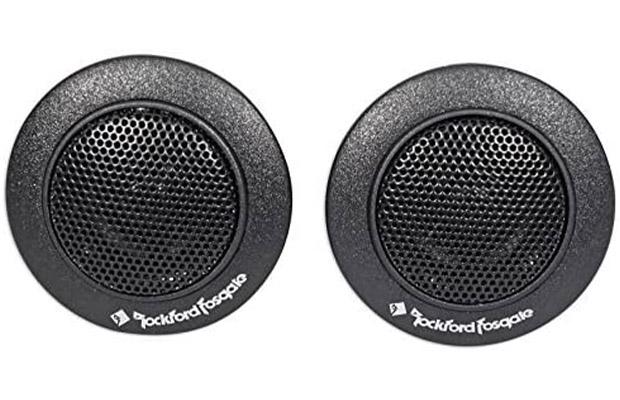
In order to ensure that everyone in your car hears a clear sound, Rockford Fosgate claims that the mylar dome of its R1T-S tweeter was created to reduce distortion while dispersing the high notes in your music. Their peak power handling capacity is up to 80 watts, and their RMS power handling capacity ranges from 2 to 40 watts.
Here, the frequency response range is a little smaller (2.5 kHz to 22 kHz) and the sensitivity is lower than average (just 72.5 dB). There is no need to worry about finding room for high-pass crossovers because the kit comes with built-in ones and has a 4-ohm impedance rating.
A little under an inch is the mounting depth, but Rockford Fosgate also includes hardware for surface and angle mount installations if that’s not shallow enough. The well-made black trim rings should look good on most cars. Quick-slide connector speaker cables measuring 6 feet each are included with each tweeter.
- Pros: Good-looking design, good sound quality for the price
- Cons: Some buyers complained about harsh sound at high volume, non-standard housing size makes flush-mounting difficult in some vehicles
JBL GTO 9 Series
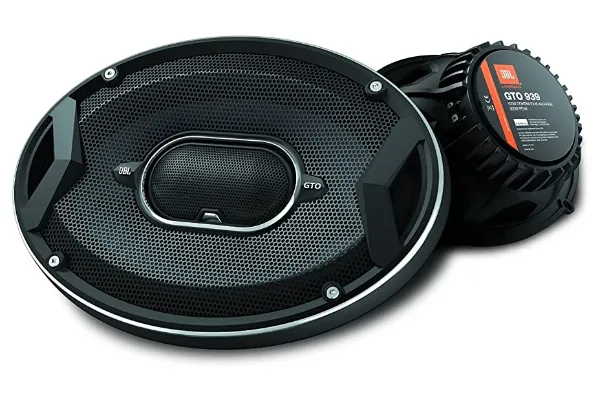
The JBL GTO 9 Series tweeter is the smallest on our list, measuring only three-quarters of an inch in diameter. The GTO speaker family includes the 9 Series, which has the same rubber surrounds, fabric diaphragms, and fiberglass reinforced plastic frames found in larger models. It is the best compact in size.
These tweeters can handle 5 to 75 watts of power nominally, making them compatible with many factory sound systems and budget-friendly aftermarket setups. 135 watts is the maximum power handling. According to JBL, the GTO 9 Series’ relatively low 3-ohm impedance makes it a good choice for audio systems with light-gauge wiring. The common 4-ohm impedance ratings of stereo head units and amplifiers, however, are compatible with these units.
Even if your stereo isn’t particularly powerful, you’ll be able to hear these tweeters loud and clear despite their lower maximum frequency response of 21 kHz than other tweeters.
For effective cooling to preserve sound quality during extended periods of high-volume listening, oversized voice coils, and vented magnets were designed.
- Pros: Small size means they’ll fit almost anywhere in almost any vehicle, bright, loud high-frequency sound
- Cons: Will not be suited to every budget, less high-end frequency response than other tweeters
Kicker KST250
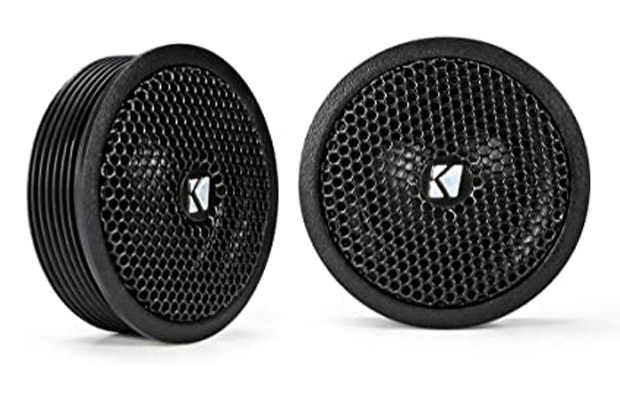
The Kicker KST250 is a good option if you’re looking for a set of aftermarket tweeters to replace factory units while maintaining high-quality audio. This tweeter has a 1-inch diameter, which makes it similar to almost all of the others here and ensures that it will easily fit in most cars. Using neodymium magnets and silk domes, these speakers reproduce the high frequencies in your music.
The KST250 has a nominal power rating of 75 watts, but it can handle peaks of up to 150 watts. The frequency response begins at 3.5 kHz, which is a little higher than some of the other tweeters on this list, and tops out at 21 kHz, which is about average. It is rated as 94 dB sensitive.
Standard car stereo wiring is compatible with the 4-ohm impedance of this Kicker tweeter. Each speaker has a six-inch speaker wire attached as well as a five-foot speaker wire with an in-line 12-dB crossover.
The kicker includes the necessary mounting hardware for flush installation, which only needs a 9/16-inch clearance. The hardware for surface and angle mounting, including two sizes of mounting nuts, front and back angle rings, and screws to fasten the housings to the vehicle, is also included with these tweeters in case flush mount installation is not an option.
- Pros: Clean, crisp sound, easy fitment as replacements for factory tweeters
- Cons: Pricey, average power handling for the cost
Kicker 43CST204
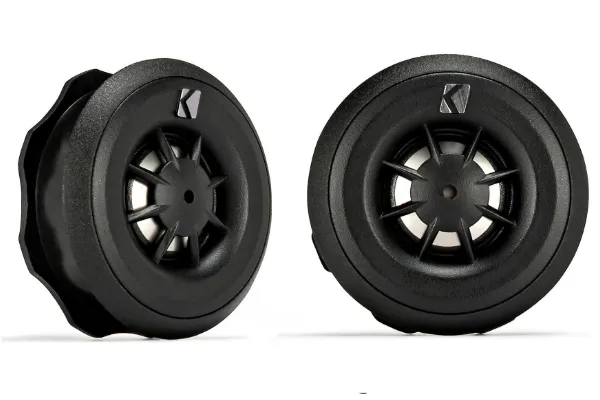
Designed with a titanium dome, the Kicker 43CST204 is a tweeter. As a result, the tone won’t be overly brightly colored while still providing the incredible clarity of aluminum tweeters.
The tweeter’s peak power capacity is 100 watts despite having a diameter of only a quarter inch. This made connecting it to a powerful car audio system simple for me. Additionally, the higher frequencies did not suffer at the hands of the bass even at loud volumes thanks to the high power handling.
- Pros: Strongly built, works without an amplifier, and has amazing clarity at loud volumes.
- Cons: Because there is no mesh protecting the tweeter domes, dust can get inside of them.
DS18 PRO-TW220
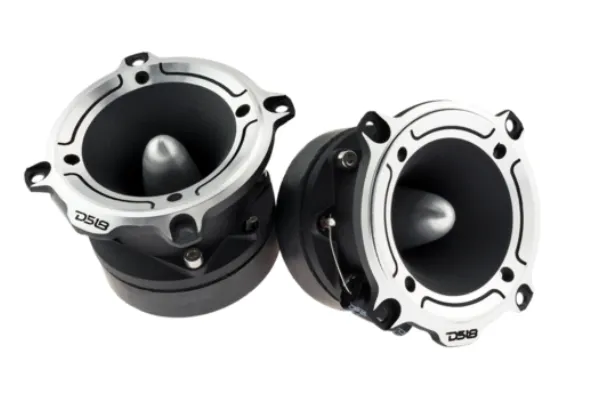
DS18 is forthright about what it intended the PRO-TW220 tweeters to accomplish: play your music’s high-frequency sounds loudly. These 1-inch units are among the most potent on our list with an impressive 225-watt RMS and 350-watt maximum power capacity. The sensitivity rating of 106 dB, the highest of any tweeter in this comparison, supports the DS18’s claim of high volume.
The frequency response span of the PRO-TW220 is 2.2 kHz to 19 kHz. That suggests DS18 sacrificed some high-end sound reproduction capability in favor of big volume, as that is a narrower range than many of the other tweeters we’ve listed.
Although the PRO-TW220 is a 1-inch tweeter, its aluminum frame and diaphragm significantly increase its size. A 2.75-inch cutout and nearly 2.3 inches of space behind the mounting surface are required for flush mounting, as per the DS18 specifications. Surface mounting and angle mounting are not options. On the other hand, the PRO-TW220’s crossovers are incorporated into the tweeters themselves, so mounting external units is not a concern.
- Pros: Robust power rating, good sound output at a mid-range price
- Cons: Some buyers say they’re skeptical of the advertised power rating, may be too loud for many applications, large size makes flush mounting difficult in some vehicles
Kenwood KFC-ST01
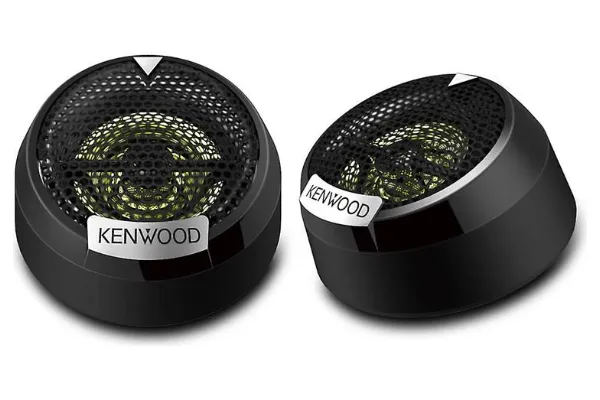
Kenwood is a well-known brand in both home and auto audio, and like many other companies, it creates products to suit a wide range of budgets. Take the KFC-ST01 as an example; it is designed for customers looking for a product with better sound quality than its affordable price might imply.
These 1-inch tweeters have a continuous power range of 2 to 40 watts and a peak power range of 160 watts at an impedance of 4 ohms. The 25 kHz top end is one of the highest on this list, and frequency response begins at a relatively high 5 kHz. At 90 dB, sensitivity is in the middle of the pack, and some buyers wished for the added volume that comes with sensitivity ratings close to or better than 100.
The KFC-ST01 was not intended to be used as a replacement for factory flush-mount tweeters because Kenwood wanted to keep things straightforward. However, you won’t need to drill holes to install these Kenwood units if you’re purchasing them to supplement a sound system without tweeters.
The kit also includes two 80-inch (nearly 7 feet) lengths of wire in case your chosen mounting points are particularly far from the head unit or amplifier. These tweeters are supplied with 6 inches of wire attached to each speaker.
- Pros: A strong value for a good-sounding tweeter, comes with nearly 8 feet of wiring for each speaker
- Cons: A few buyers complained these tweeters aren’t loud enough, some others said the electrical connectors weren’t compatible with their vehicles’ wiring, and can only be surface-mounted
Pioneer TS B350PRO
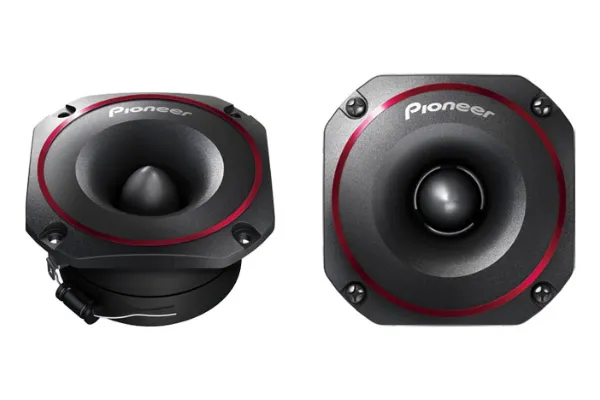
The B350PRO stands out among tweeters because it is larger than the majority of them.
And given that it has a 200-watt power rating, it ought to be. I can attest that the B350PRO can truly make those high-end frequencies sing. You’ll be delighted with this tweeter if you enjoy hard rock or heavy metal music, particularly the kind that features ripping guitar solos.
- Pros: High Power Capacity, very efficient, its large size allows for wide frequency distribution, relatively inexpensive
- Cons: Needs a lot of power to achieve optimal audio quality, a bit difficult to install
Polk Audio DB1001
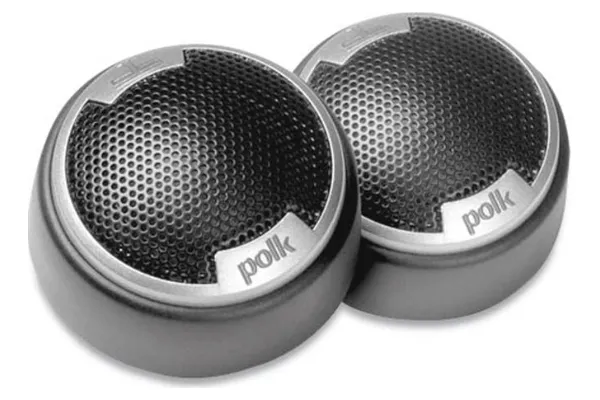
In comparison to most pure silk types, this hybrid silk/polymer dome tweeter offers accurate sound reproduction with a brighter tint.
One of the most “power-hungry” tweeters on this list, the Polk Audio DB1001 has a maximum power output of 300 watts. As you may already be aware, more power translates into better sound quality and, more importantly, the capacity to maintain accurate reproduction at higher volumes. Just make sure your amplifier and speaker can keep up!
- Pros: Marine-certified build, easy to set up inside the car, detailed sound reproduction even at high volumes, resistant to heat damage
- Cons: Lower frequency limit is a bit lacking at 4 kHz, a bit expensive
What Are Tweeters?
High-frequency speakers known as car tweeters are made specifically to reproduce high tones. They are significantly different from mid and low-frequency speakers in terms of their design and size, but their fundamental operating principles are the same. They are always tiny speakers with hard membranes or cones that allow for little suspension travel. They are designed to complement woofers and other speakers that cannot produce sounds of a higher pitch. Generally speaking, they are most effective when they are directed directly at the listener.
What Do Tweeters Do?
In order to reach the upper range of human hearing, tweeters are made to produce sounds between 2,000 and 20,000 hertz (Hz). They are an essential component of a pre-built speaker system and a great addition to any set of speakers because they enhance the sounds produced. The vocal coil in the magnet produces a magnetic field when a musical signal is sent through it that has been amplified. The tweeter coil moves backward and forwards as a result, quickly moving the air and creating sound.
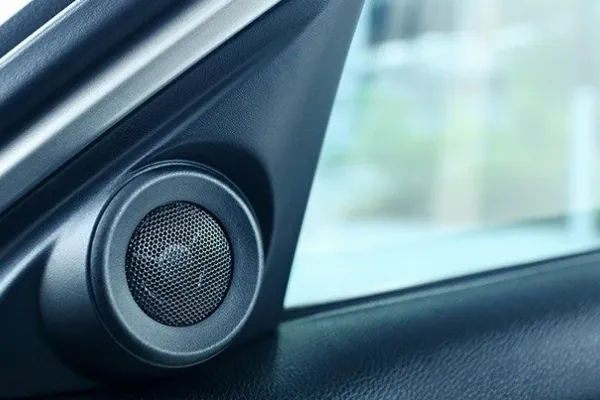
Best Car Tweeter Buying Guide
On the market, there are a variety of tweeters available in a range of sizes and shapes. These characteristics affect their durability as well as their distinctive sonic characteristics. I’ll explain these variations to you in this section so you can pick the tweeter that best satisfies your requirements.
You must confirm that the tweeter is compatible with your car audio system in addition to the sound quality. The system’s impedance, power handling, and specific speaker type will all need to be considered in this regard. You need not worry if these terms are unclear. As we go along, I’ll explain what they are.
The Material
The material used by a tweeter affects two things: how it sounds and how long it will last. For example, some softer materials, such as silk, can produce a more refined and smoother sound, bringing out the sparkle in treble instruments, such as the horn or guitar. The tweeter’s durability is still not as improved by these as it is by hard materials.
In contrast, metal or graphite tweeters have a tendency to give the sound a bit brighter and more vigor.
Textiles
In the world of textiles, silk is the most widely used material. Silk tweeters produce a very even and smooth sound. The sound does tend to lose accuracy as you turn up the volume, which is the only negative aspect of audio quality. Because silk doesn’t effectively muffle sound, this occurs. However, if you’re the kind of person who rarely “blasts” music, you’ll be content with a silk tweeter.
Having said that, you can now purchase silk tweeters that have been “reinforced” with synthetic films. The tweeter becomes stiffer, as a result, enabling you to increase the volume while maintaining the same silky-smooth audio quality.
Metals
When it comes to metal tweeters, aluminum may be the most widely used material, and it’s understandable why: it’s relatively light, durable, and adds just the right amount of brightness to the sound. An aluminum tweeter might just be what you’re looking for if you want to avoid having the higher frequencies overpowered by “booming” bass lines.
Some people may find the bright overtones produced by tweeters made of aluminum to be a little too harsh. Titanium is an excellent substitute in that situation. Titanium can enhance higher frequencies while reducing the “bite” because it is lighter and more resonant than aluminum.
More Flexible vs. Harder Materials Which option should you choose?
To find this out, it’s easiest to ask yourself two questions:
- How frequently do you like to have the radio blaring in your vehicle?
- How loud is the traffic on the roads where you live?
Harder materials like metals can help maintain sound quality at higher volumes while also assisting the music in cutting through noisy surroundings. Clarity is probably more crucial than refinement when you’re dealing with a lot of background noise, and hard materials deliver on both counts.
A tweeter made of soft materials ought to work just fine if your commute isn’t too noisy and you prefer to listen to music at a moderate volume.

Synthetic Films
The use of materials like Polymide and Mylar to create tweeters has a few benefits. They are firstly resistant to humidity, which prolongs the lifespan of tweeters. Second, because of their lightweight, these materials don’t require a lot of energy to operate. Because of this, they work well with car audio systems that have weak speakers.
However, because they can’t dampen sound well, accuracy will suffer at higher volumes.
The Shape
Why does shape matter? because it controls exactly how the various frequencies are distributed when they are output. Here are a few of the most typical tweeter shapes you’ll encounter:
Cone
The most accessible cone-tweeters are also the cheapest to produce. With the aid of these tweeters, the frequencies are widely dispersed, resulting in very accurate and balanced sound reproduction. For upper frequencies, in particular, broad distributions are crucial. You can focus particularly on the most enjoyable frequencies in that region of the EQ curve because of the larger space that is available.
The “Whizzer cone” design, used by some manufacturers, thins out the sound distribution and boosts the high-end. You should always steer clear of this specific cone shape because the sound reproduction is drastically inaccurate as a result.

Power Handling And Impedance
Power Handling
The amount of power (measured in watts) that a speaker can safely handle is known as its power handling or power rating. The speaker may begin to overheat and suffer component damage if too much power is applied to it. On the other hand, if insufficient power is supplied, the outputted sound’s quality won’t be as good.
Always check the power rating of the tweeter you choose against the speakers in your car’s audio system. Your tweeter is more likely to be damaged if the former is lower than the latter. If it’s the other way around, your tweeter won’t get enough power to produce the best clarity and volume of sound.
Impedance
Impedance is the measurement of your tweeter’s resistance to an amplifier’s current (measured in ohms). The lower the impedance, the more current an amplifier must supply, which makes it work harder. The amplifier will eventually overheat and suffer component damage if it is forced to work harder than it can. As a result, make sure that the impedance of your tweeter is not too low.
I would advise purchasing a tweeter with an impedance of at least 4 watts. On the other hand, the tweeter won’t get enough power if the impedance is too high.

Where And How Should I Put Tweeters?
The closest possible distance from ear level is where tweeters perform best in cars. The soft surfaces of your car’s carpet, seats, and even your clothes can absorb the delicate high-end sounds if they are mounted too low. Many vehicles that have tweeters installed from the factory place them in the dash or close to the front of the upper door panel.
If you choose to flush-mount your tweeters, they will be inserted into a hole in the door or dash panel. The majority of aftermarket units will fit in the same holes as the majority of factory-mounted tweeters. Because the wiring will be concealed, the installation will be as clean as possible.
Surface-mounting tweeters will probably be simpler if your car didn’t come with any (or if you’re adding a second set). You can drill holes for aftermarket tweeters, but you should be cautious to prevent damaging any other parts that are in the doors or behind the dashboard.
What Is The Best Car Tweeter?
What is the best car tweeter? Overall, I’d say that the Pioneer TS B350PRO was my best car tweeter out of all those I’ve tested so far. It is a great option for any audiophile in my opinion because of its consistently excellent audio quality, sturdy construction, and all-inclusive frequency response limit.
Working with both high-powered and low-powered audio systems is a feature of the B350PRO that I absolutely adore. Its 200-watt capacity ensures that it doesn’t overheat when driven by a powerful amplifier while at the same time it’s sensitive enough that it doesn’t need all that much power to work effectively.
What is your best choice? Share your comment below!
Read Next: Best Cars For Surfers
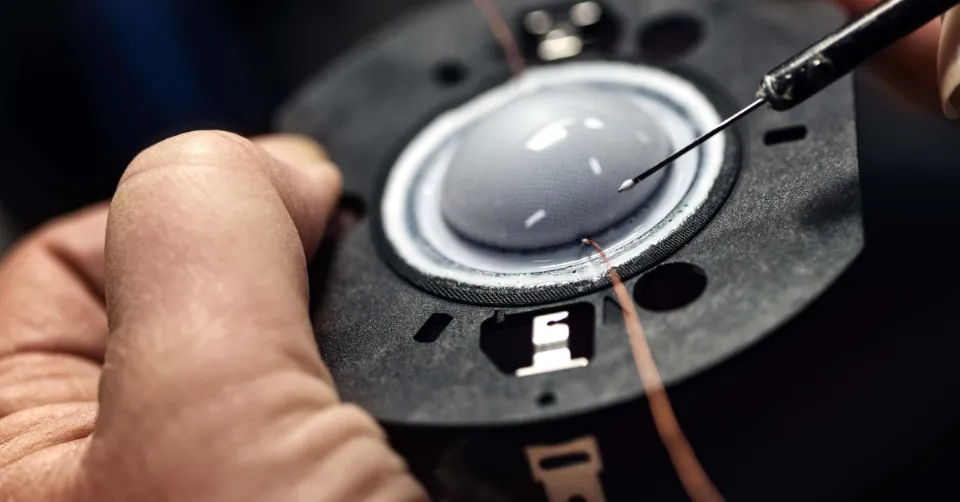
FAQs
Why Would Tweeters Be Good For Your Car?
Simply put, tweeters increase the treble of speaker output. A few of the higher frequencies are difficult for most speakers to successfully capture on their own. This causes sound reproduction to be less precise and accurate than it should be. To accurately reproduce the treble, tweeters raise the frequency response limit.
Are Car Tweeters Of Every Size The Same?
Tweeters come in a range of sizes, with diameters typically falling between one and four inches. The tweeter will be able to reproduce even the highest frequencies because a larger diameter equates to a wider frequency spectrum.
How Effective Are Tweeters?
Yes, they do; otherwise, you won’t be able to hear every nuance of a particular song, or at the very least, it won’t have the same character. The right amount of treble gives an instrument life. It also aids in the guitar’s ability to stand out in a mix of bass-heavy sounds.

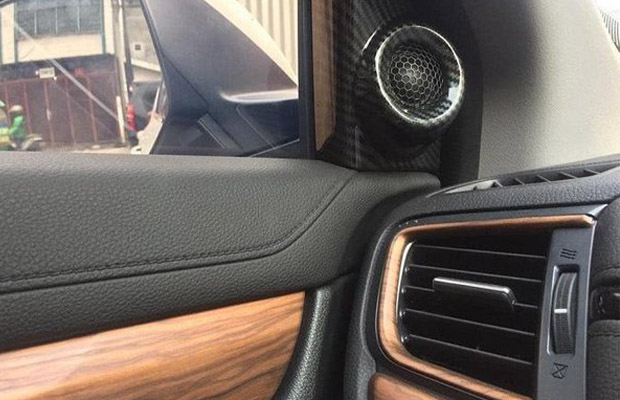

![14 Best Used Hybrid Cars Guide for Buying [2023]](https://www.kvauto.com/wp-content/uploads/2023/02/14-Best-Used-Hybrid-Cars-Guide-for-Buying-2023.webp)
